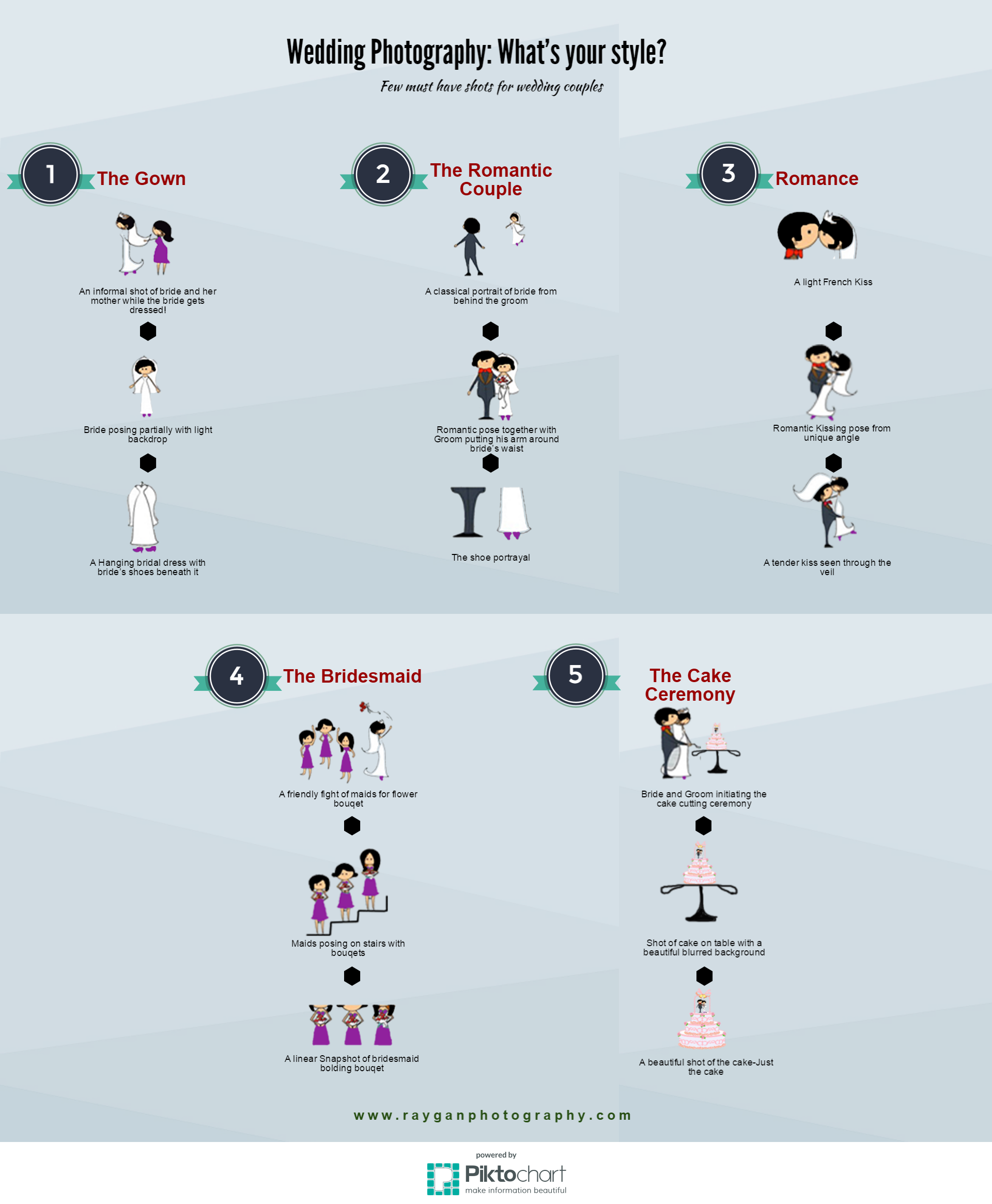Digital Photography Tips For Beginners: Mastering Your Electronic Camera Quickly
Digital Photography Tips For Beginners: Mastering Your Electronic Camera Quickly
Blog Article
Material Author-Whitley Ploug
When you initially get your electronic camera, it can feel overwhelming with all the setups and options readily available. You might find yourself wondering how to navigate aperture, shutter speed, and ISO effectively. Grasping these principles is crucial, but there's even more to photography than just technical knowledge. Recognizing make-up techniques and illumination conditions can elevate your images considerably. So, what if you could learn straightforward methods to improve your abilities and start recording remarkable images sooner than you believe? Allow's discover exactly how to change your photography trip.
Understanding Cam Setups
Recognizing your video camera setups is important for capturing magnificent photos. When you get your video camera, acquaint on your own with the three primary settings: aperture, shutter speed, and ISO. Each plays a crucial function in exactly how your photos turn out.
Start with aperture, which manages the amount of light getting in the lens. A bigger aperture (reduced f-number) allows much more light and creates a stunning history blur, best for portraits. Alternatively, a narrower aperture (greater f-number) keeps even more of the scene in focus, perfect for landscapes.
Next off, concentrate on shutter speed. This setup determines how much time your camera's sensor is subjected to light. A rapid shutter rate freezes movement, which is excellent for action shots, while a slow shutter rate can develop spectacular impacts like smooth water in landscapes.
Highly recommended Internet site but not least, readjust your ISO. This setup impacts your cam's level of sensitivity to light. A greater ISO serves in low-light circumstances but can introduce noise or grain. Go for the most affordable ISO feasible while still accomplishing appropriate exposure.
Structure Techniques
When you're out capturing, structure can make all the distinction in just how your pictures resonate with viewers. Start by utilizing http://arthur8jacquetta.booklikes.com/post/6564636/learn-just-how-to-pick-the-perfect-video-camera-customized-to-your-photography-style-and-needs-yet-are-you-taking-into-consideration-all-the-crucial-elements of thirds; imagine your frame separated right into nine equal areas with 2 horizontal and two upright lines. Placement crucial elements along these lines or at their intersections to develop balance and passion.
Next, take into web link leading lines. These all-natural lines in your scene, like roadways or rivers, draw the audience's eye right into the photo, leading them with the tale you're informing.
Do not forget about framing; usage elements within your scene, like trees or home windows, to develop a frame around your subject, adding deepness and emphasis.
Likewise, watch on https://postheaven.net/jayne66lashaunda/discover-how-to-select-the-excellent-cam-customized-to-your-photography-style . A chaotic background can sidetrack from your primary subject, while a straightforward one aids it attract attention.
Finally, try out symmetry and patterns; they can create a striking photo that records attention.
Learning Illumination Issues
Mastering illumination conditions is important for recording magnificent photos, as the appropriate light can change a normal scene into something amazing.
Begin by observing all-natural light at various times of the day. Mornings and late afternoons provide the very best light, referred to as the golden hour. The soft, cozy tones during these times can boost your photos perfectly.
Do not shy away from overcast days either; diffused light can minimize rough darkness and create a pleasing impact, particularly for portraits.
Experiment with backlighting by positioning your topic versus the light source. This strategy can produce a wonderful halo impact and include deepness to your images.
Focus on your cam settings too. Change the ISO, aperture, and shutter speed to fit the illumination problems. A greater ISO can help in reduced light, however be cautious of grain.
Utilize a tripod in darker environments to stay clear of blur.
Finally, do not fail to remember man-made lighting. Flash and continual lights can be fantastic devices for regulating light in difficult conditions.
Conclusion
To conclude, grasping your camera does not have to be overwhelming. By recognizing your settings, applying structure methods, and utilizing the power of natural light, you'll swiftly elevate your digital photography abilities. Remember, exercise makes ideal, so go out there and try out your newfound understanding. With time and commitment, you'll be capturing spectacular photos that mirror your special viewpoint. Delight in the journey, and don't fail to remember to have a good time while you go to it!
